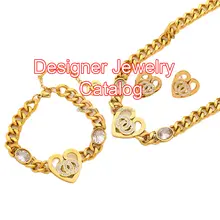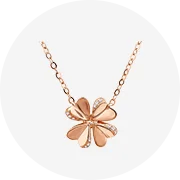Indian bangles are traditional accessories that hold significant cultural and aesthetic value in Indian jewelry. These bracelets are typically circular and rigid, designed to adorn the wrists of women as part of their traditional attire. Bangles are an integral component of Indian jewelry, symbolizing femininity, marital status, and cultural identity. They come in various materials, designs, and colors, reflecting the rich diversity of Indian culture and regional traditions.
Common materials of Indian bangles
Indian bangles are crafted from a diverse array of materials, each contributing to the cultural richness and variety of designs found in traditional Indian jewelry. One of the most cherished materials for Indian bangles is gold. Gold Indian bangles hold immense cultural and symbolic significance and are often worn on special occasions, particularly during weddings and festivals. Indian bangle gold variants can feature intricate designs filigree work, or be adorned with gemstones, adding an opulent touch to the wearer's ensemble. The use of gold in bangles Indian styles reflects prosperity and wealth and is often considered an investment and a symbol of social status.
Another widely used material for Indian bangles is glass. Glass bangles, known as "chudiyan," are popular for their vibrant colors, patterns, and affordability. These traditional Indian bangles are often worn casually and come in sets, allowing wearers to mix and match colors to complement their attire. The sound of glass bangles clinking together is considered auspicious in many Indian traditions and adds a musical element to the overall attire. Additionally, materials like silver, bronze, wood, and lac are also used to create Indian bangles, offering various options to suit different occasions and budgets. The extensive use of diverse materials in Indian bangles showcases the country's cultural diversity and the significance of jewelry in various aspects of Indian life.
The significance of Indian bangles
Indian bangles hold profound cultural and symbolic significance, playing a pivotal role in the rich tapestry of Indian jewelry traditions. These ornamental bracelets are more than just accessories; they are deeply ingrained in the cultural and social fabric of India. One significant aspect of the significance of authentic Indian bangles is their representation of femininity and marital status. Married women, especially in North India, often wear a set of bangles known as "choora" during the initial days of marriage. The choora is a symbol of marital bliss and is traditionally worn for a specific period, symbolizing the newlywed status. The wearing of bangles by married women, in general, signifies auspiciousness, fertility, and the well-being of their husbands.
Beyond marital symbolism, the sound of bangles clinking together is considered culturally auspicious. It is believed that the melodious sound wards off evil spirits and attracts positive energy. This significance is particularly emphasized during religious ceremonies and festivals, where the rhythmic clinking of bangles is an integral part of the festive atmosphere. Bangles are also a mark of celebration and are worn lavishly during special occasions like weddings and festivals, enhancing the overall aesthetic appeal of traditional attire. Additionally, the diversity of designs, colors, and materials used in Indian bangles reflects regional variations and cultural diversity across the country. Whether it's the intricate gold bangles of South India, the vibrant glass chudiyan of North India, or the wooden bangles of the East, each style carries its cultural narrative, connecting wearers to their heritage and traditions. In essence, Indian bangles are not just jewelry; they are tangible expressions of cultural identity, rites of passage, and auspicious symbols deeply embedded in the social and religious customs of the Indian subcontinent.


































 浙公网安备 33010002000092号
浙公网安备 33010002000092号 浙B2-20120091-4
浙B2-20120091-4